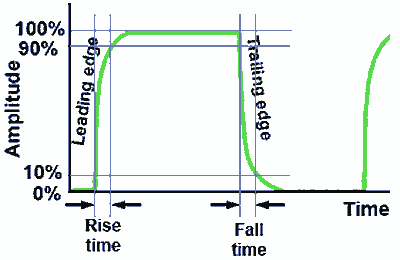Great!
Kogs,
Awesome! I loved the smile on your wife's face. That's what we call an EV Grin.
When you use your Asymmetric motor, there shouldn't be any overheating with your boards. Also use a chain from the motor to the gears. If you want to reduce the size of the box on the back by 1/2, buy lipo batteries. Anything over a 20c rating will not be dangerous for your 1000w motor. Your max amp draw will be less that 25% of the batts max amp discharge.
Hobbyking has a lot of choices.
ZIPPY Flightmax 8000mAh 6S1P 30C
Keep it Clean and Green
Midaz
Originally posted by iankoglin
View Post
Awesome! I loved the smile on your wife's face. That's what we call an EV Grin.
When you use your Asymmetric motor, there shouldn't be any overheating with your boards. Also use a chain from the motor to the gears. If you want to reduce the size of the box on the back by 1/2, buy lipo batteries. Anything over a 20c rating will not be dangerous for your 1000w motor. Your max amp draw will be less that 25% of the batts max amp discharge.

Hobbyking has a lot of choices.
ZIPPY Flightmax 8000mAh 6S1P 30C
Keep it Clean and Green

Midaz










 - currently
- currently





Comment